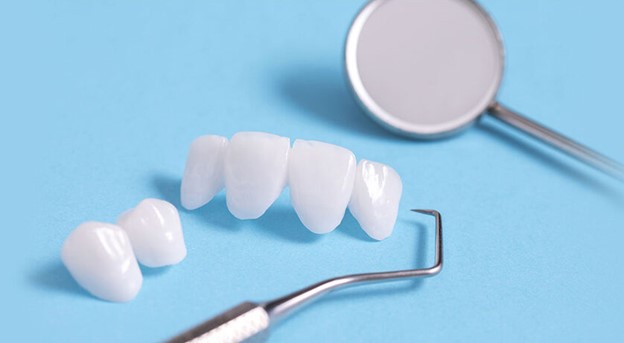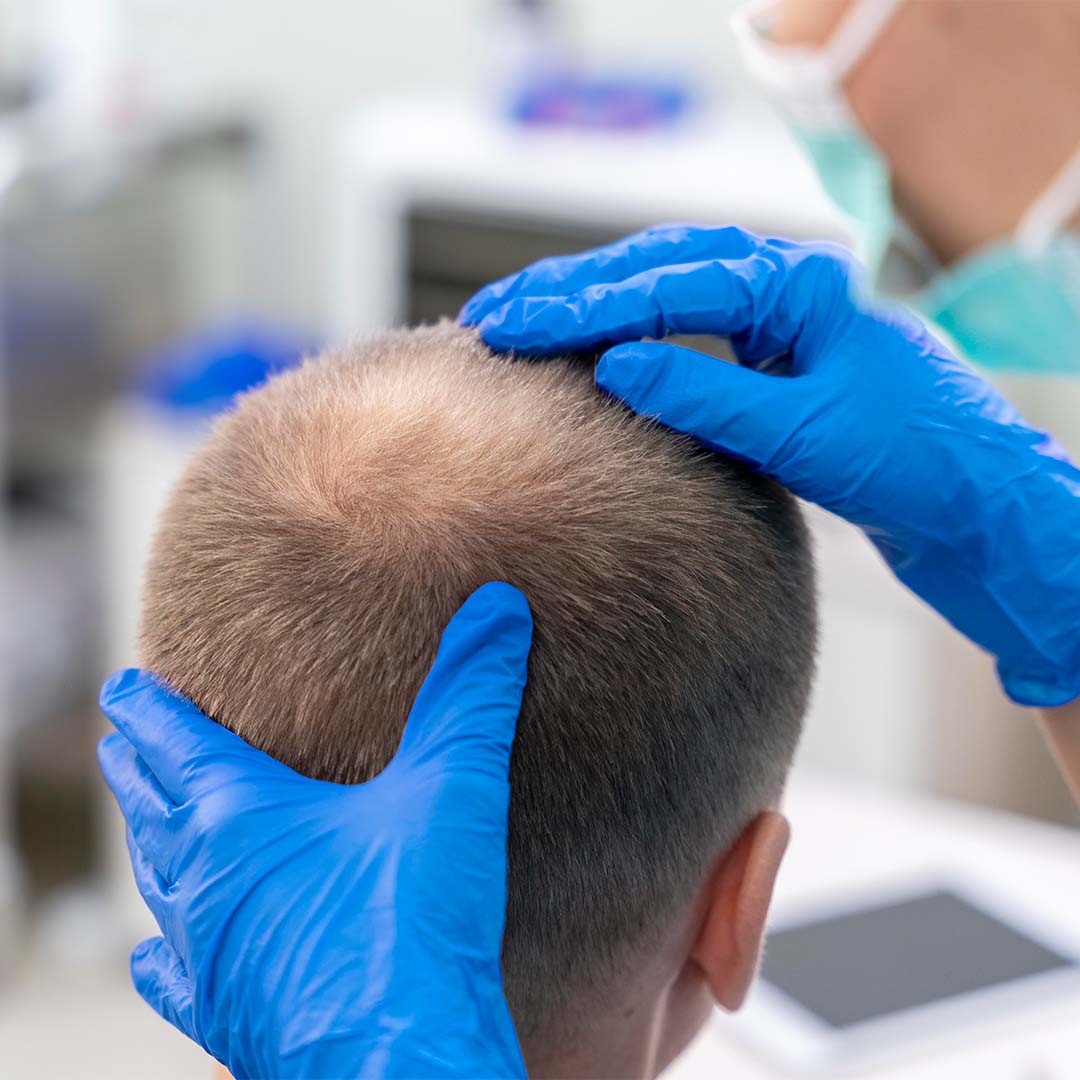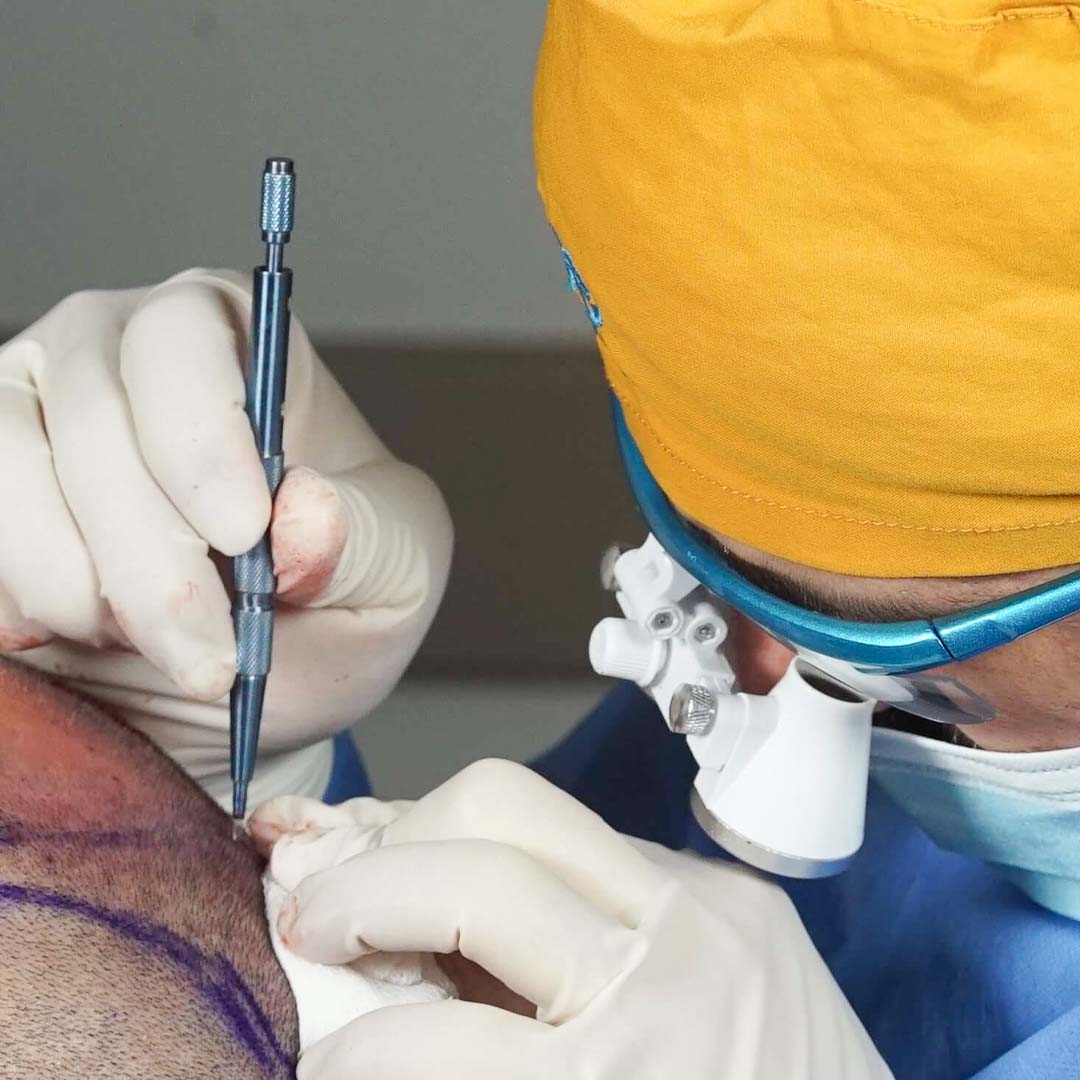
Overdentures are a practical dental solution for patients missing some of their teeth. Also known as hybrid prostheses, tooth-supported dentures, or telescopic dentures, these treatments rely on remaining natural teeth or dental implants for maximum comfort and functionality.
This post provides an in-depth guide on overdentures. From defining and categorizing overdentures to detailing procedural steps, pros and cons, costs, and alternative treatments, you'll find everything you need to know. Additionally, a FAQ section offers quick answers to common questions about overdentures.
What Is An Overdenture?
An overdenture is a removable denture that rests on remaining natural teeth, tooth roots, or dental implants. These dental prostheses replace missing natural teeth, particularly for edentulous patients. Besides aesthetic benefits, overdentures restore functionality that may have been lost for years. Implant overdentures also help preserve the natural jawbone structure.
There are various types of overdentures. Primarily, they are either implant-supported or tooth-supported. However, they can also be categorized based on other properties. The following table clarifies these distinctions.
Types of Overdentures:
- Abutment Types:
- Implant-supported overdentures
- Tooth-supported overdentures
- Location in Mouth:
- Maxillary (upper jaw) overdentures
- Mandibular (lower jaw) overdentures
- Attachment Types:
- Stud
- Magnet
- Bar
Implant-Supported Overdentures
Implant-supported overdentures are anchored by dental implants and are ideal for edentulous patients with sufficient ridge bone. They offer high stability and aesthetic appeal. Different attachment techniques can be used depending on the case.
Tooth-Supported Overdentures
Tooth-supported overdentures rely on remaining natural teeth or tooth roots. They prevent the resorption of the residual ridge, offering stability and long-lasting functionality. Various rigid or non-rigid techniques can be used to attach these overdentures.
Maxillary (Upper Jaw) Overdentures
Maxillary overdentures are attached to the upper jaw, usually using four dental implants. If enough natural teeth remain, the tooth-supported overdenture technique can also be used.
Mandibular (Lower Jaw) Overdentures
Mandibular overdentures are supported by natural teeth or dental implants and are used for the lower arch of the mouth. For implant-supported mandibular overdentures, dentists typically use four implants for optimal support and stability.
Stud Attachment
Stud precision attachments, also known as ball-retained overdentures, consist of male and female components that provide stability and retention. These attachments allow easy removal by both patients and dentists.
Magnetic Attachment
Magnetic attachments secure the connection between the overdenture and implants without requiring abutment parallelism, making them a better option in some cases.
Bar-Retained Overdenture
Bar-retained overdentures use a bar between the implants to clip the denture onto, providing strong retention and easy removal.
Steps to Implant Overdentures
The steps involved in getting implant overdentures are as follows:
Step 1: Initial Consultation The dentist evaluates whether you are a suitable candidate for implants and overdentures by taking impressions of your jaws and remaining teeth (if any). If you lack sufficient ridge bone, you may need bone grafting before proceeding.
Step 2: Implant Placement Under local anesthesia, implants are placed, and you must wait 3-5 months for them to fuse with the jawbone.
Step 3: Abutment Placement Once the implants have fused with the jawbone, abutments (tiny posts) are placed to serve as a base for the overdentures.
Step 4: Taking Impressions Impressions of your mouth are taken to prepare a custom-made overdenture, which is then manufactured in a laboratory.
Step 5: Fitting And Alignment The dentist attaches the overdenture to the implant abutments and makes final adjustments for a secure and comfortable fit.
Step 6: Follow-up Visit A follow-up appointment ensures that your implant-supported overdenture functions properly.
Pros of Overdentures
Overdentures offer several advantages:
- Natural-looking and comfortable replacement
- Improved nutrition due to better biting and chewing performance
- Enhanced jawbone support without a sunken appearance
- Simple maintenance requirements
- Long-lasting solution
Cons of Overdentures
Overdentures may not be suitable for everyone due to:
- The need for healthy bones and gums for implants
- A lengthy procedure that takes several months
- Potentially high costs, especially if not fully covered by insurance
Complications of Overdentures
According to a 2017 study published in Medical Science Monitor, common complications of implant-supported prostheses include:
- Loss of retention
- Mucositis
- Abutment screw loosening
- Fracture
Difference Between Denture and Overdenture
Overdentures offer improved functionality and stability compared to traditional dentures, leading to higher patient satisfaction.
Best Teeth for Overdentures
Overdentures can replace a full arch but are especially effective for partial replacements using teeth with solid roots like canines and molars.
Alternatives to Overdentures
Alternatives include dental implants or bridges.
FAQs About Overdentures
How Long Do Overdentures Last? According to a review article in the Journal of Advanced Prosthodontics (2012), the survival rate of overdentures ranges from 91% to 100% over periods from 1 to 10 years.
How Do I Care For An Overdenture?
- Remove and clean your denture daily.
- Use non-scented antibacterial soap and water.
- Scrub gently to remove food particles.
- Soak in clean water overnight.
- Add a denture cleaning tablet once or twice a week.
- Brush your gum tissue, abutments, and tongue each morning.
- Carefully place your overdenture back in your mouth.
Are Overdentures Removable? Yes, there are both removable and fixed overdentures.
Can You Wear Dentures Full Time? Wearing dentures full-time is not recommended. Your gum tissue needs exposure to fresh air, and your dentures need cleaning to prevent irritation or swelling.
-
 Is hair transplantation the only way to regain hair?
Is hair transplantation the only way to regain hair?Currently, there are various solutions available to address hair loss issues, including... Click for details
-
 The Importance of Hair Transplantation in Turkey
The Importance of Hair Transplantation in TurkeyTurkey is a leading hub for hair transplantation, known for its skilled and knowledgeab... Click for details
-
 What to Expect After a Hair Transplant
What to Expect After a Hair TransplantHair transplantation follows a natural growth process, and follicles do not start growi... Click for details
-
 Unshaved Hair Transplantation in Turkey
Unshaved Hair Transplantation in TurkeyPatients are often concerned about the shaving of their head in preparation for hair tr... Click for details
-
 Hair Transplant Operation with DHI Technique in Turkey
Hair Transplant Operation with DHI Technique in TurkeyDHI (direct hair implantation) is a modification of the FUE technique. In FUE and FUT h... Click for details
-
 Is Turkey a Hub For Getting Hair Transplanted?
Is Turkey a Hub For Getting Hair Transplanted?When it comes to healthcare or hair transplant services, Turkey has consistently demons... Click for details
-
 The Clinic That Accepts Crypto-Payments
The Clinic That Accepts Crypto-PaymentsWhat Is Cryp... Click for details
-
 Will Transplants to the Crown Area be Successful?
Will Transplants to the Crown Area be Successful?Will Transpl... Click for details
-
 Sexual Intercourse After Hair Transplant
Sexual Intercourse After Hair TransplantSexual Inter... Click for details
-
 Is Sapphire FUE Hair Transplantation Successful in Turkey?
Is Sapphire FUE Hair Transplantation Successful in Turkey?Is Sapphire... Click for details